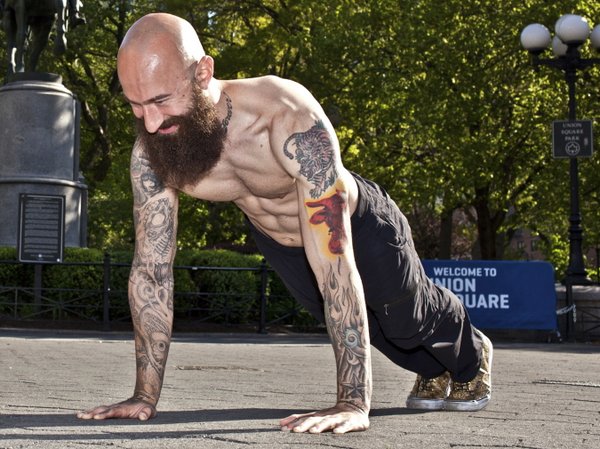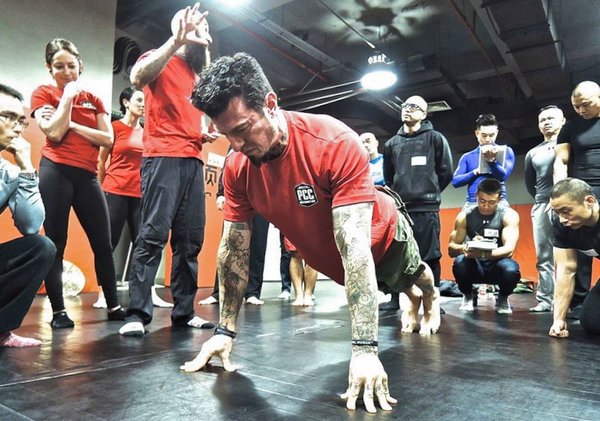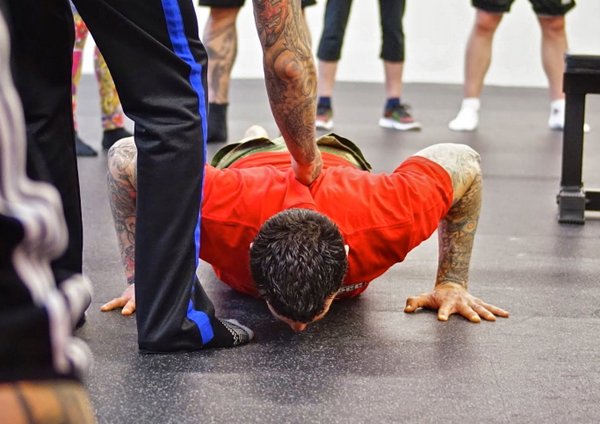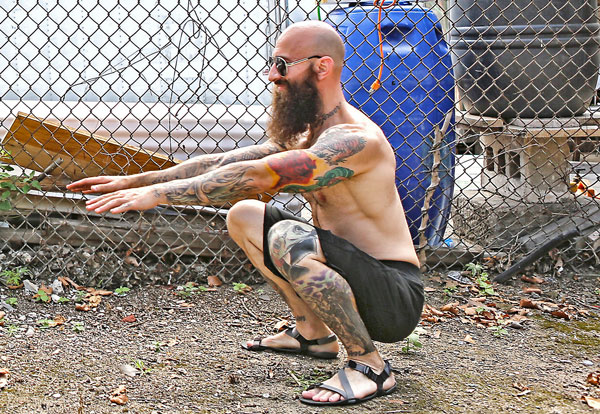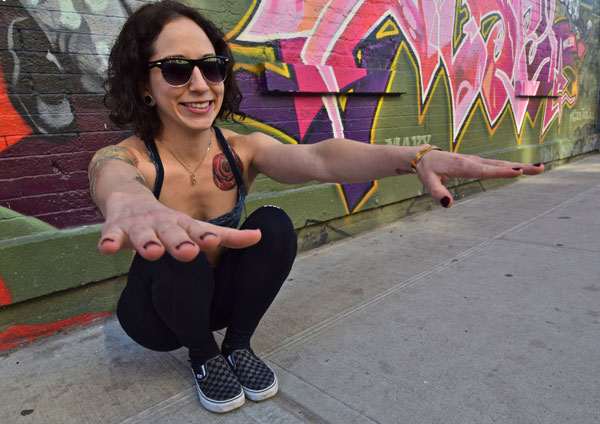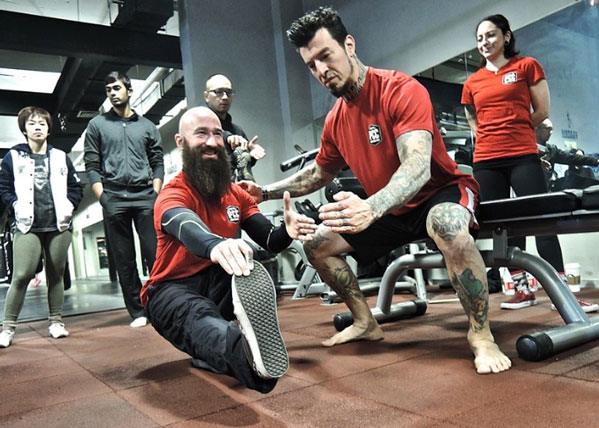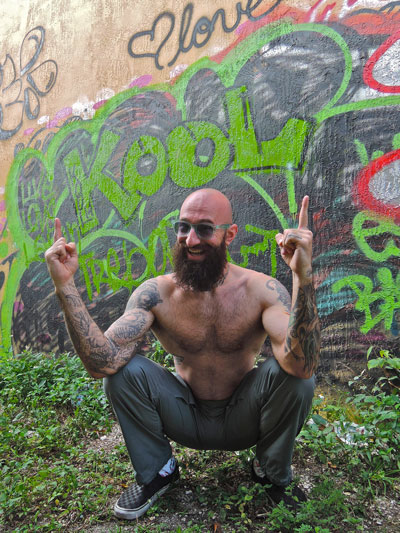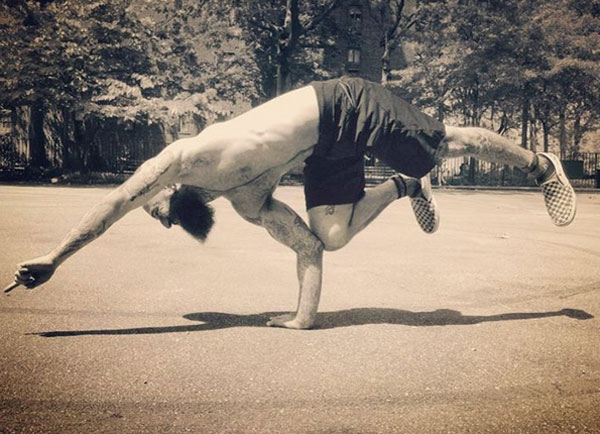
When I got into working out as a teenager, all I cared about was having a muscular looking upper-body. I wasn’t familiar with the concept of “functional fitness” and I don’t think it would have interested me much at the time anyway.
Back then I just wanted to look good with my shirt off. Doing a muscle-up or pistol squat had never even occurred to me. A lot has changed since then.
With progressive calisthenics continuing to grow in popularity every day, more people are training to learn bodyweight skills first and foremost, with muscular gains being secondary. Though training for mass, strength and skill certainly have some overlap, there are several subtle differences to keep in mind if your top priority in fitness is learning new ways to move your body.
Before getting to my advice on skill development, however, we first must define our terms. Skill training encompasses many things, including moves where precise balance is key, like the handstand or elbow lever, but it also includes exercises like the pistol squat, human flag or muscle-up, which although they require significant strength, require loads of coordination and body awareness as well. You can treat pretty much any calisthenics exercise as a skill if you approach it with a focus on movement quality, though there is undeniably more technique involved with a back lever than a basic push-up.
With that in mind, if skill is what you seek, you would do well to abide by the following ten principles:
1. Build Your Foundation
You’ve gotta crawl before you learn to walk, and you’ve gotta get good at pull-ups before attempting a muscle-up. While it can be tempting to rush ahead and try advanced exercises when you are new to calisthenics, the best way to eventually attain those skills is by building a strong foundation with the basics. Aim for double digits on classics like push-ups, hanging knee raises and squats before you worry about anything too ambitious. Advanced skills are built upon proficiency in the fundamentals.

2. Utilize an Earlier Progression
If there is an exercise that you feel is on the fringes of your skill set, the best way to work toward acquiring it is to find an earlier progression that you can manage for around 3 solid reps (or in the case of isometric holds, something you can hold for a few seconds).
If your goal is to perform a freestanding handstand, you should first get very comfortable holding one against a wall. If a full pistol squat eludes you, there are many regressions you can use, such as a bench pistol. Whatever you are working toward, there are lots of ways to assist yourself or modify the leverage to make anything more accessible. (Check out me and my brother Danny’s new book Street Workout for progressions and variations on all the major calisthenics skills.)
3. Take Long Breaks
Learning new skills is taxing on your neurological system as well as your muscles, that’s why it’s helpful to allow yourself plenty of rest between attempts. There’s no need to time your breaks or abide by any strict protocol when skill improvement/acquisition is your chief concern, however. Simply warm up, and start playing around with whatever it is you are working on, be it a backflip, muscle-up, or elbow lever.
Though it only takes a few seconds to attempt these moves, remember to take a few deep breaths between each effort and give yourself a few minutes off when you feel like you’re beginning to fatigue. Be aware that you may tire quickly when working on new skills, even if you don’t feel the same type of burn in your muscles that you are used to from more conventional set and rep protocols.
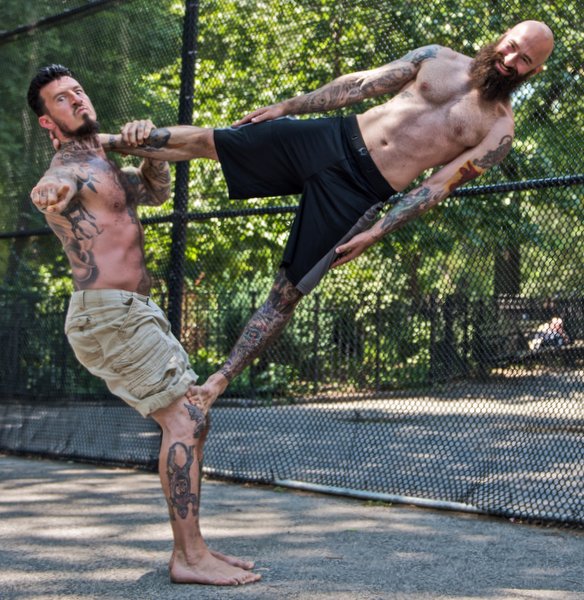
4. More Sets/Fewer Reps
Along those same lines, it’s usually best to do only a few reps at a time (or practice fairly short holds in the case of isometrics) when training new skills. For this reason, you may need to do more sets than you typically would in order to get enough total training volume into a given session. Remember, your goal is precision – as soon as you cease to be able to perform at your best, it’s time to take a breather. It’s not unusual to do 5 or more sets of a single exercise during a skill training session.
5. Video Your Workouts
Taking a video of your training session isn’t just for showing off on YouTube. You can learn a lot by watching yourself try new things. You may find that what you think you are doing and what you are actually doing are two very different things. Watching a video of yourself can help you stay objective and find ways to fix your form. Reviewing your video in between efforts can also give you something to do while you’re taking those long rest breaks.
6. Don’t Bite Off Too Much
You can’t learn to do everything at once. Movers who have a large arsenal of skills have gradually acquired new ones little by little over many years. Focus on one or two new things at a time, while keeping your other exercises and skills in maintenance mode. Sometimes when you hit a plateau with one skill, you can shift your focus to something else, and eventually return to the previous skill with renewed focus and greater experience.
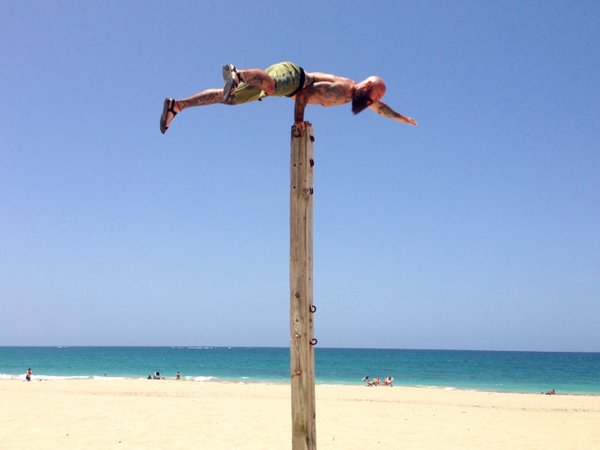
7. Avoid Failure
If your primary concern is gaining muscle mass, it may be best to push to the point of absolute fatigue, as this will pump as much blood into the muscles as possible. Conventional wisdom is that “the pump” can help facilitate muscular growth.
When learning new skills is your primary concern, however, it’s best to avoid muscular failure. You want to be as fresh as you can for each effort, so you can get the greatest yields for your time. It’s best to keep a little bit in the tank to avoid burnout when working on new skills.
8. Find Training Partners
We all must walk this path for ourselves, but along the way others can offer guidance and inspiration. If you have the opportunity to work out with friends or attend a workshop – take it. The collective energy that happens when you get a group of calisthenics fanatics together is something that must be felt in order to be understood. Whether it’s through organizing a meet-up with your buddies at a local park, or coming to a Progressive Calisthenics Certification Workshop, there’s no better motivation than the energy and encouragement of your peers.
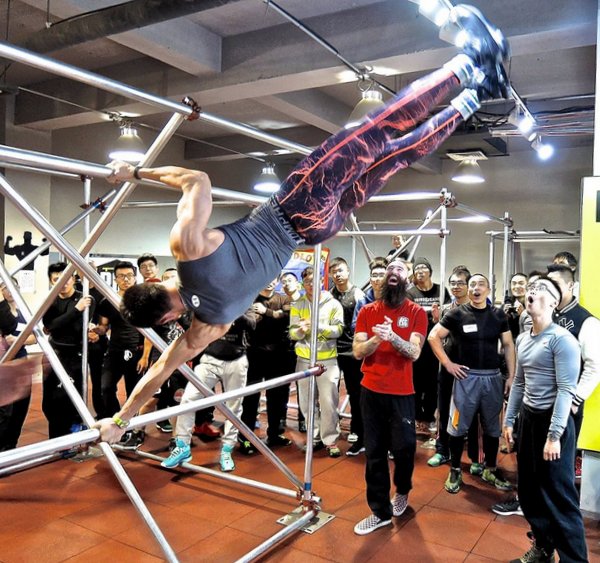
9. Be Patient
Many people underestimate how long it can take to learn a new move, then get frustrated and give up because it’s not happening quickly enough. Accept that some days will be better than others, and that you may get frustrated at times. This is okay. There is no true “mastery” in fitness, so aim to keep the beginner’s mind: Instead of focusing on the goal, focus on the process; instead of setting deadlines, set intentions. Patience is the key to unlocking advanced calisthenics skills.
10. Stay Consistent
The secret to fitness is not in any specific exercise, or sequence of exercises. It’s not in any particular set and rep scheme, and it’s not in any particular tool or apparatus. It’s not about periodization, core stabilization or muscle confusion. Those things may play a role, but the real secret to fitness is consistency. Because without consistency, none of those other details mean anything. If you want to improve your calisthenics skills, you’ve got to stay the course and keep practicing. You will learn more from your own trials and errors than from anything else. Enjoy the journey and embrace each step in your progression.
****
Al Kavadlo is the lead instructor for Dragon Door’s Progressive Calisthenics Certification and the author of several best-selling books, including Street Workout and Pushing The Limits. For more information visit www.AlKavadlo.com.
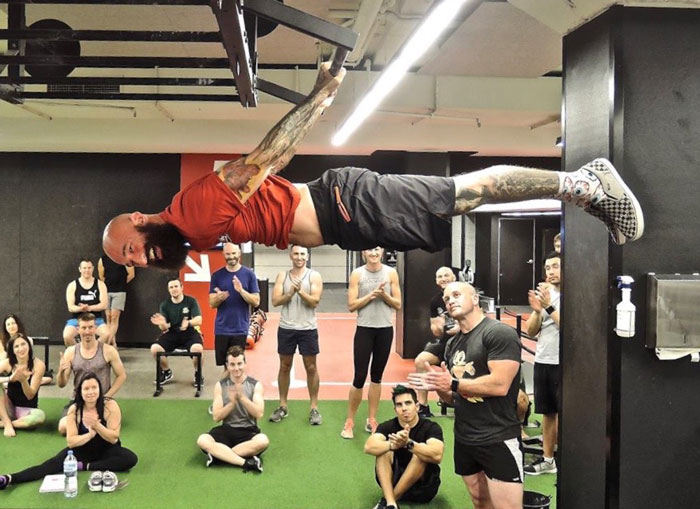
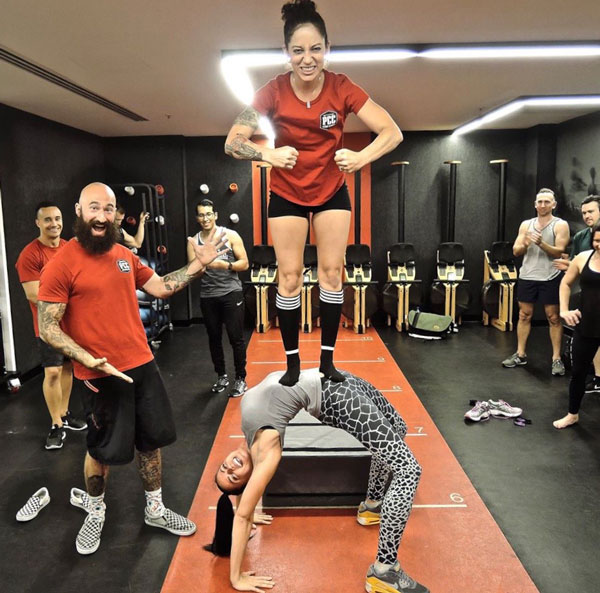
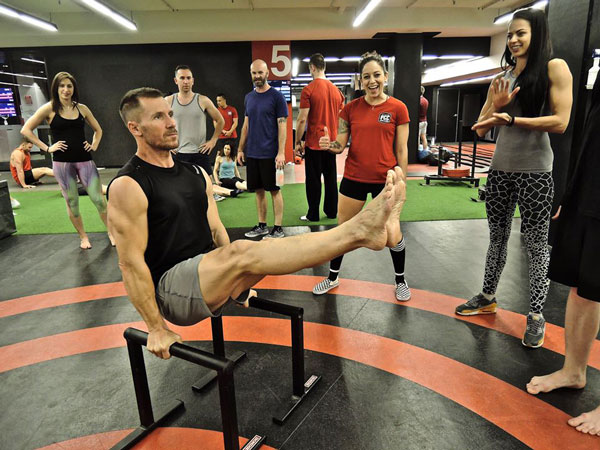


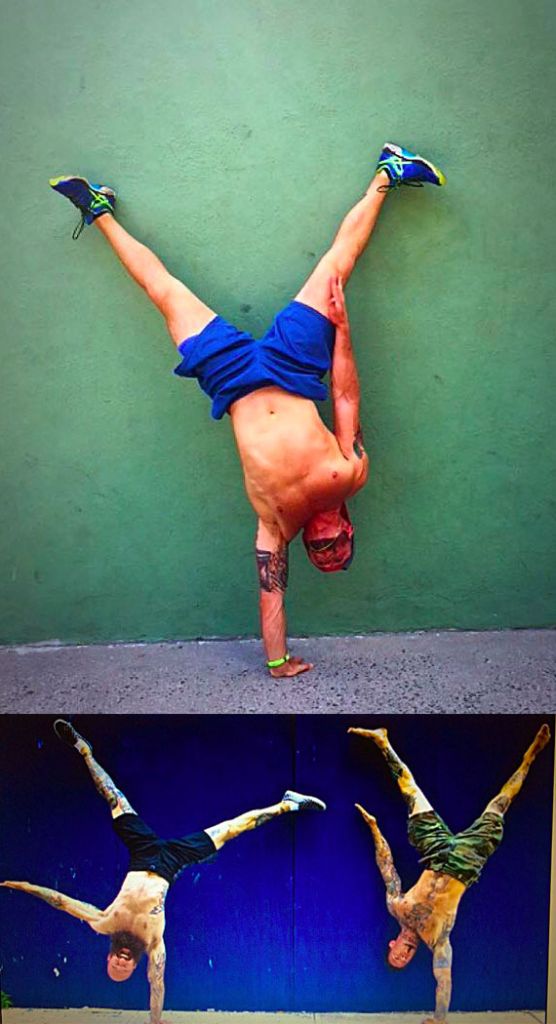
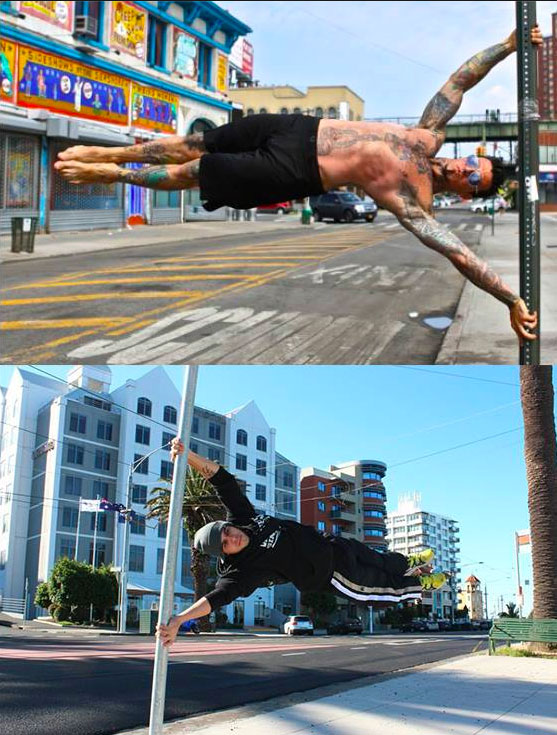
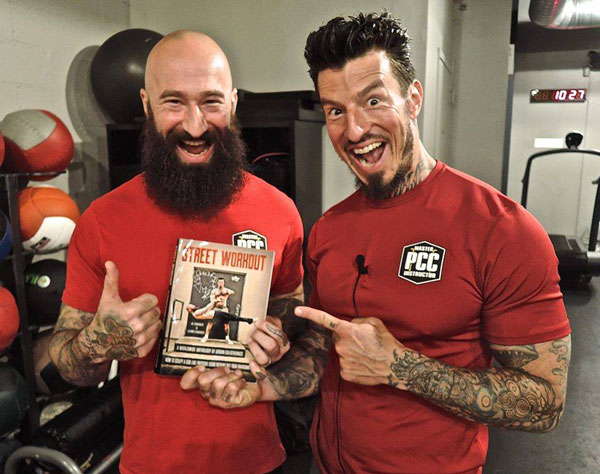
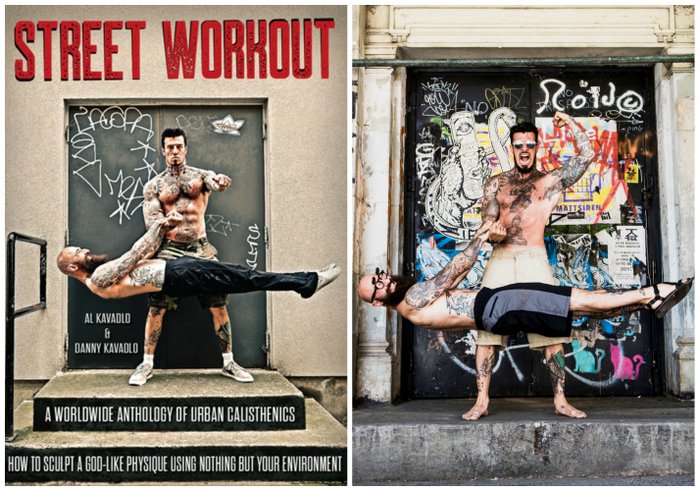
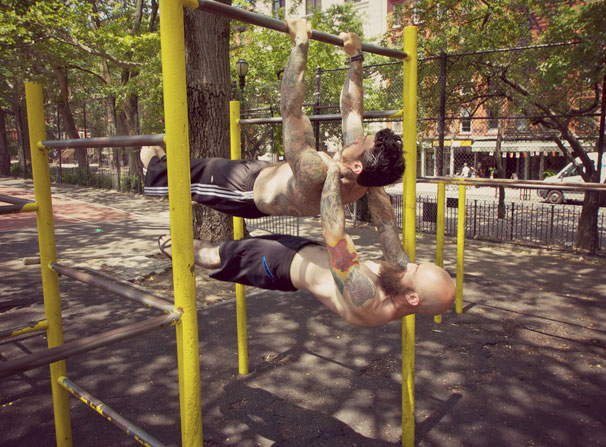
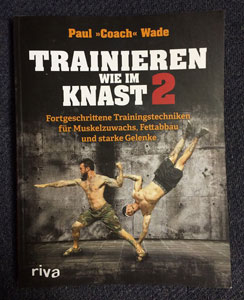
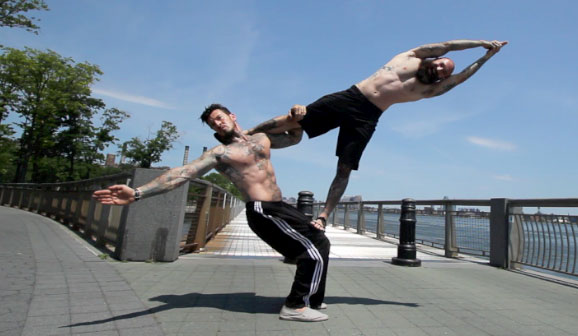

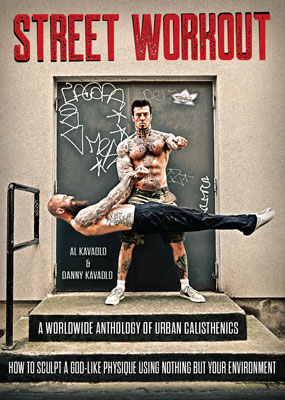

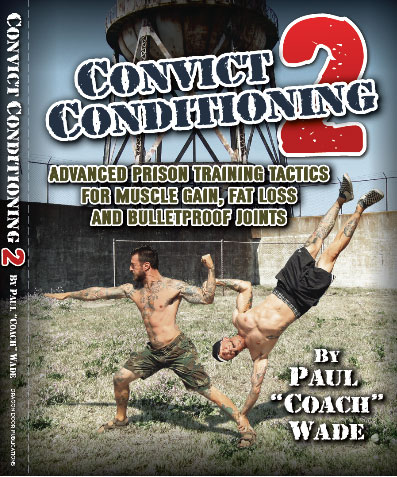
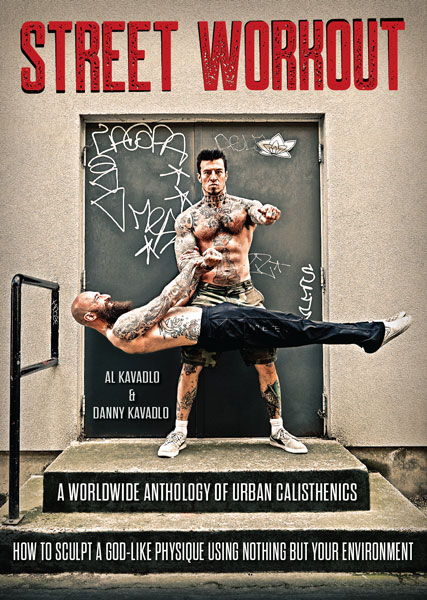

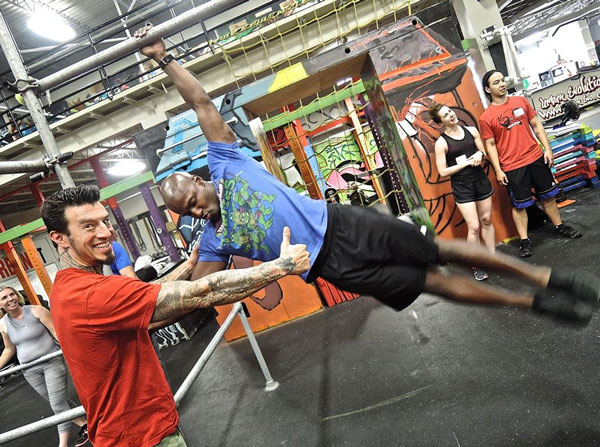

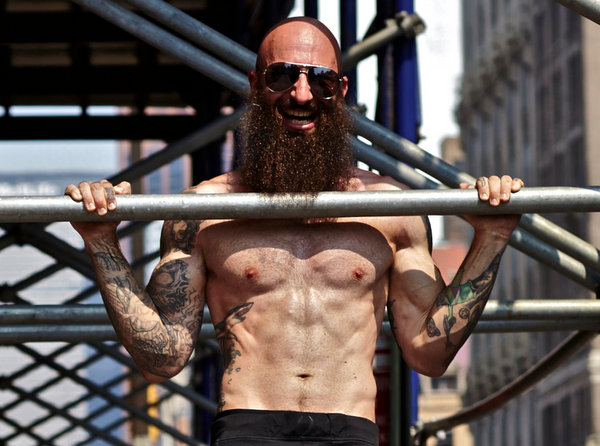
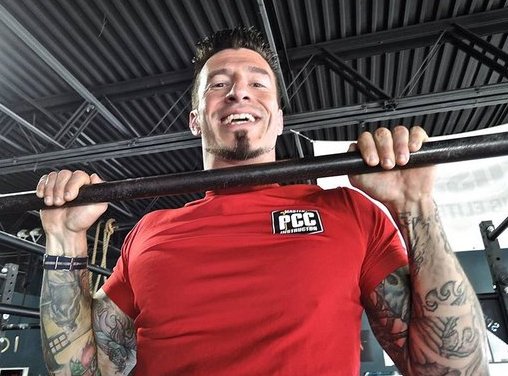

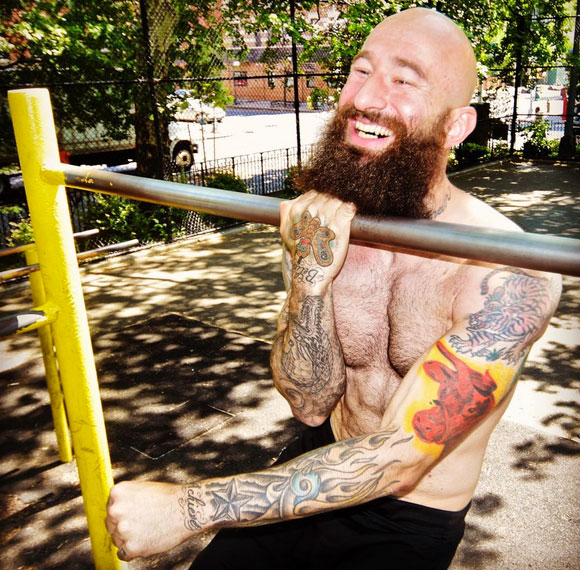
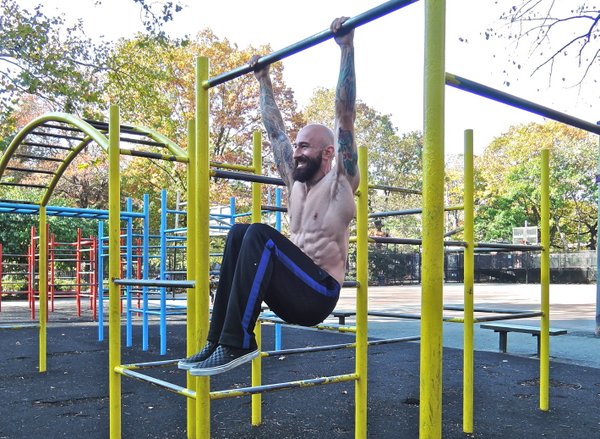 I get a lot of questions from potential PCC candidates about our
I get a lot of questions from potential PCC candidates about our 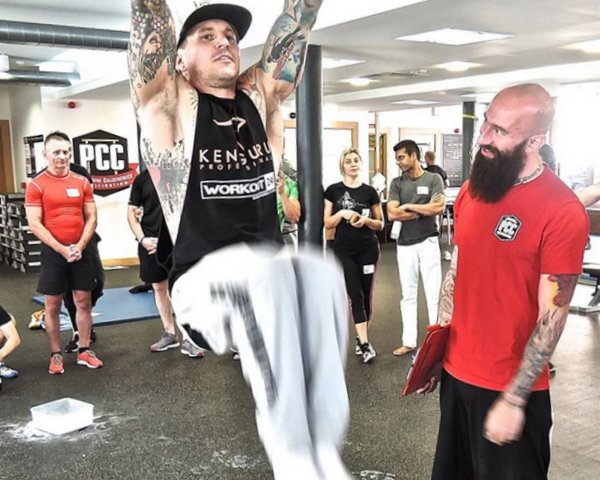 The first few times I taught the
The first few times I taught the 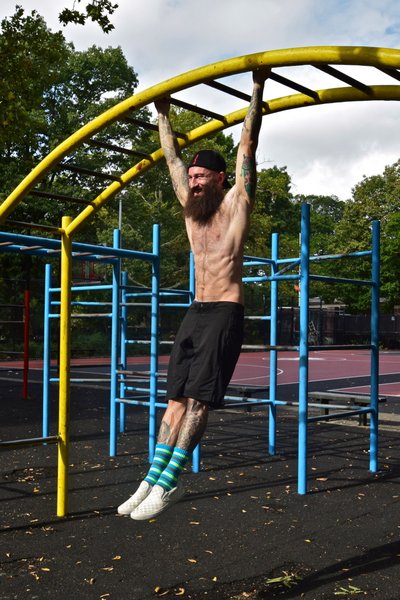 Focus on raising your knees with control as well. Avoid moving too quickly and aim to pause briefly at the top of each repetition to make sure that you remain steady.
Focus on raising your knees with control as well. Avoid moving too quickly and aim to pause briefly at the top of each repetition to make sure that you remain steady.